Effect of variable rate irrigation and nitrogen fertilizer rates on crop productivity and water quality
Study author(s): Vasudha Sharma, Andrea Elvir Flores, Yuxin Miao, Fabian Fernandez
Years of study: 2020, 2021, 2022, 2023
Location(s): Sand Plain Research Farm, Becker, MN and Rosholt Farm, Westport, MN
SUMMARY
Under reduced irrigation rates, nitrogen (N) fertilizer must be correspondingly adjusted to optimize economic crop production. However, in Minnesota, the combined effects of irrigation and N management on corn yield and nitrate leaching have not been extensively investigated. As one example, the current N recommendations in Minnesota are based on 100% irrigation or rainfed conditions. However, with increasing pressure on water resources and declining water quality, deficit/limited irrigation management practices are being promoted and used, which alters the N uptake by the crop. Will reduction in irrigation rates (using deficit irrigation management) reduce the N fertilizer requirement and thus nitrate leaching? What is the best irrigation and nitrogen management combination practice that will maintain optimum crop yields while reducing nitrate leaching? These are the questions that irrigators and key agricultural stakeholders have, and we do not have the answers to. So our goal is to develop research-based irrigation and N management data, information and fundamental relationships that will help farmers to make better on-farm management decisions, government agencies to develop policy/rules, and researchers to advance the sensor-based (proximal and remote sensing) irrigation and N management research. This report discusses the results from the third growing season of this study.
